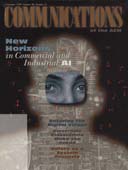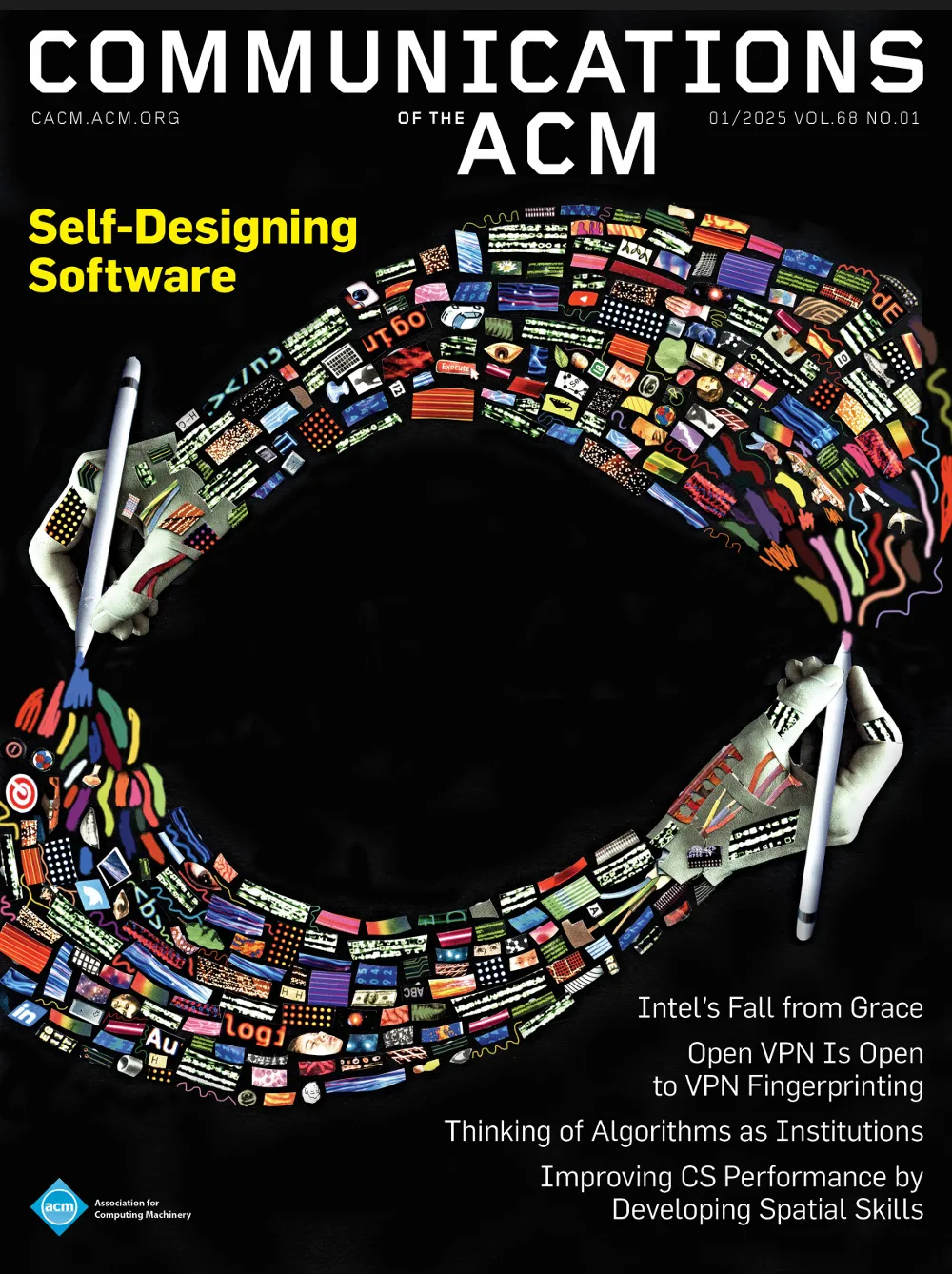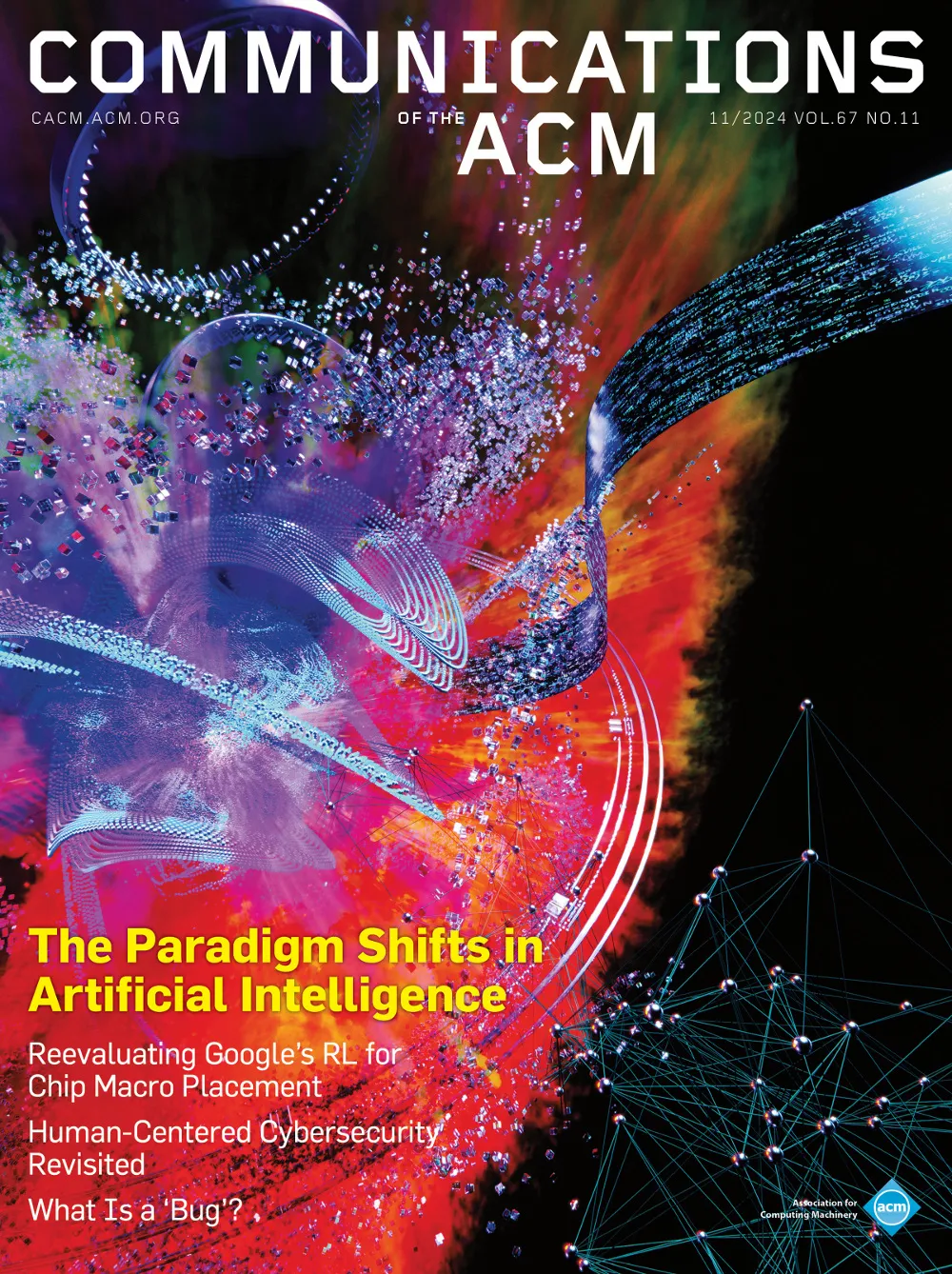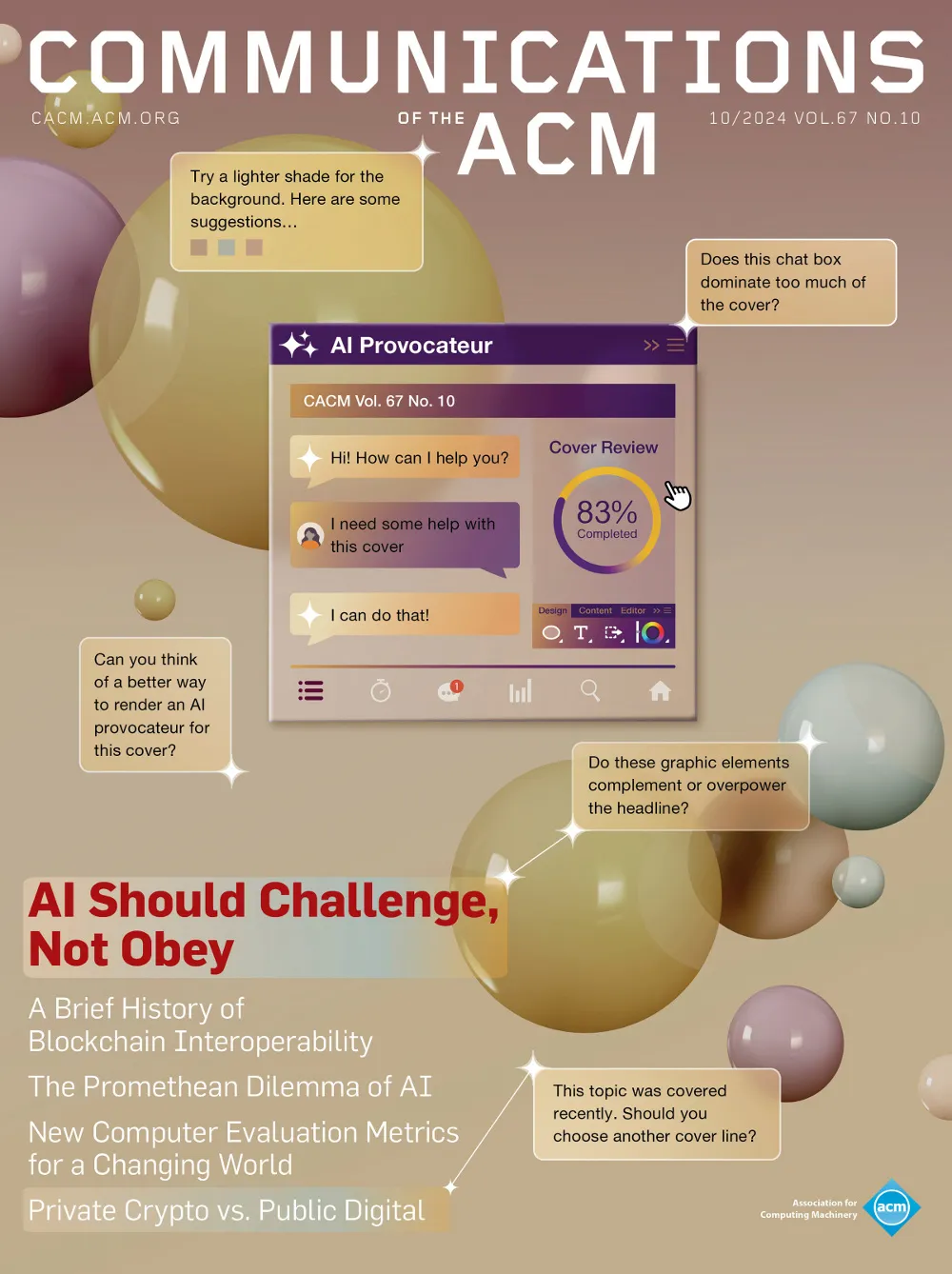November 1995 - Vol. 38 No. 11

Features
Windows of opportunity in electronic classrooms
New horizons in commercial and industrial AI
CYC: a large-scale investment in knowledge infrastructure
WordNet: a lexical database for English
CYC, WordNet, and EDR: critiques and responses
Industrial applications of distributed AI
Applications of machine learning and rule induction
Applications of inductive logic programming
Commercial applications of natural language processing
Object-oriented AI: a commercial perspective
Principles and applications of chaotic systems
Artificial life meets entertainment: lifelike autonomous agents
Australian attitudes toward legal intervention into hacking



